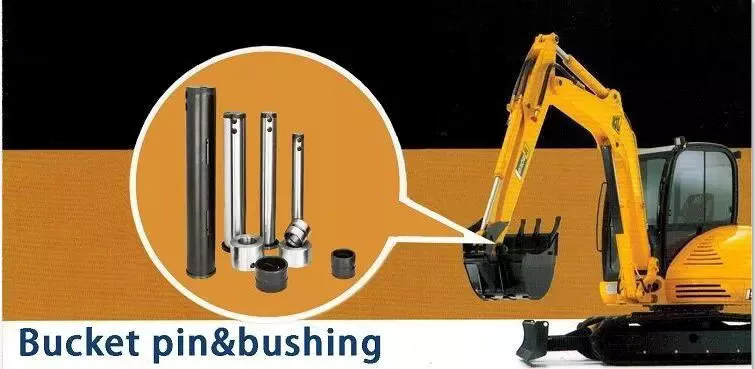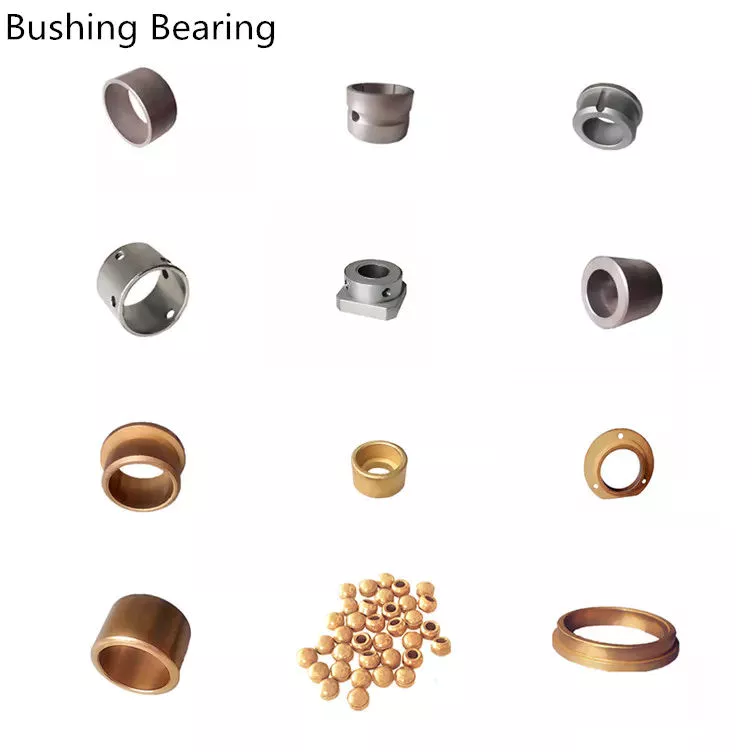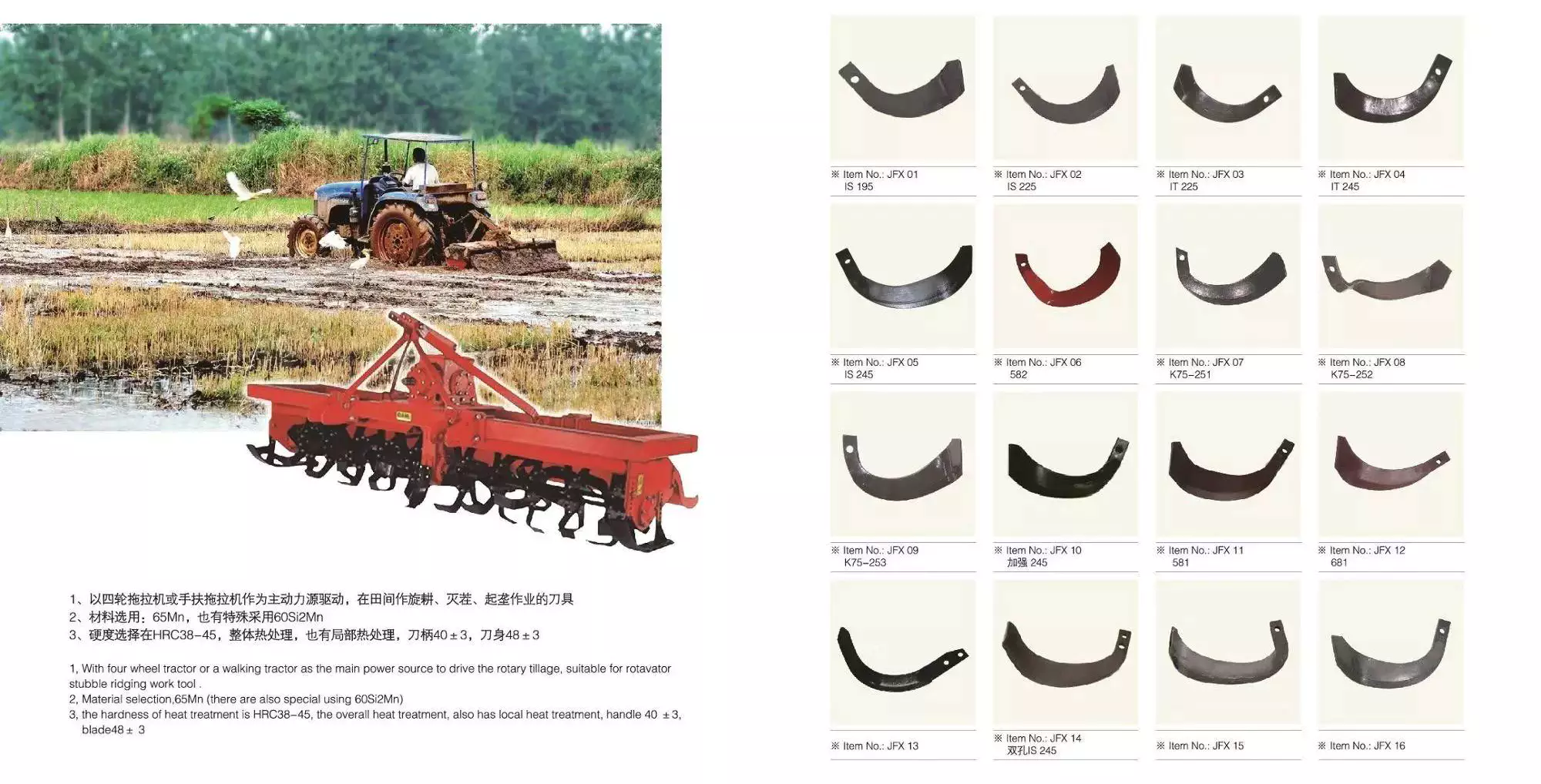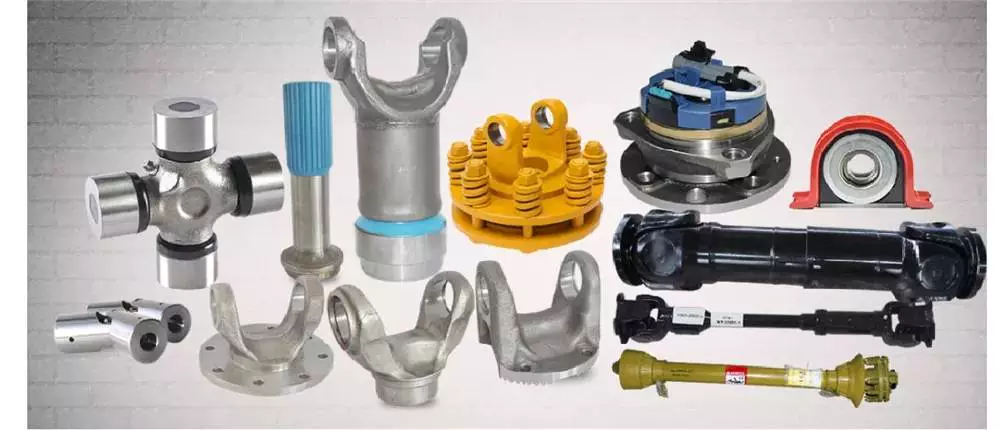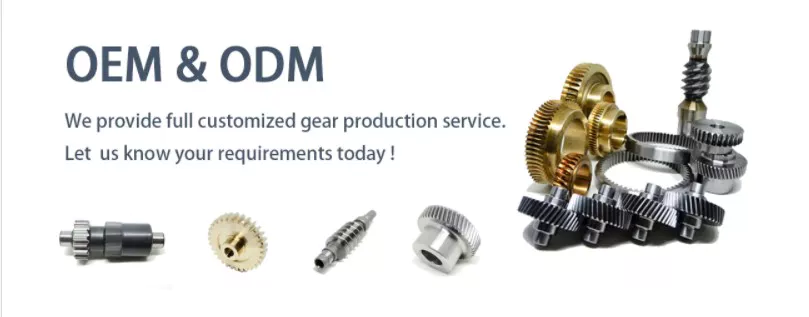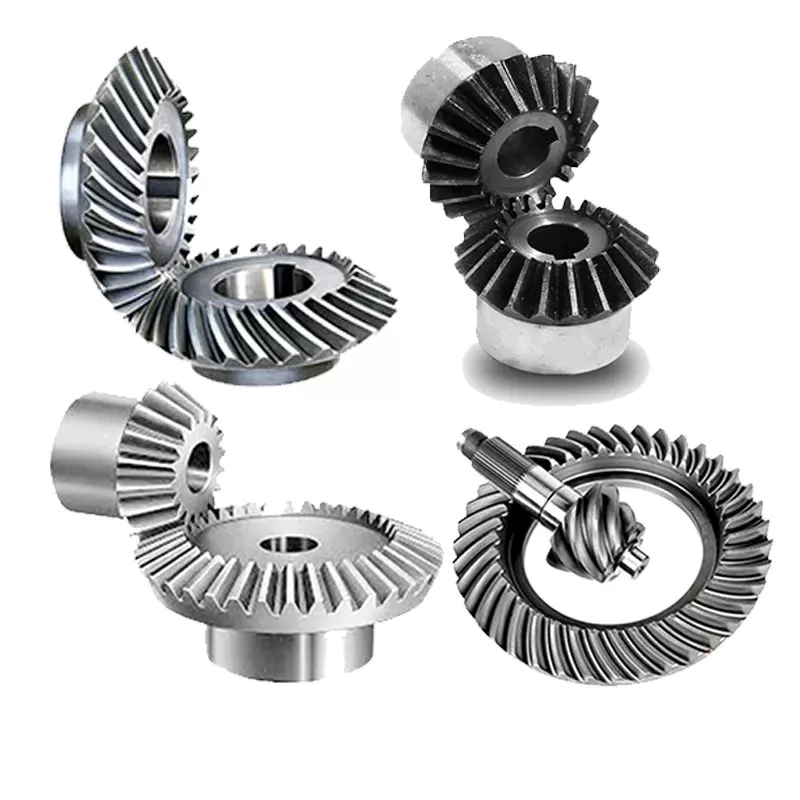Product Description
Product: Agricultural Axle Wheel Hub 1008X 13.4T
| Reference | Studs (qty/Ø) | PCD | Bearings | Technicaldata | |||
| A | B | C | E | F | |||
| mm | mm | mm | mm | ||||
| 354F | 4/14 x 1,5 | 85 | 130 | 35714-35716 | 164 | 56 | 35 |
| 404F | 4/14 x 1,5 | 85 | 130 | 35715-35717 | 164 | 64 | 42 |
| 405F | 5/16 x 1,5 | 94 | 140 | 35715-35717 | 173 | 64 | 52 |
| 404A | 4/14 x 1,5 | 85 | 130 | 35715-35717 | 164 | 65 | 45 |
| 454A | 4/14 x 1,5 | 85 | 130 | 35715-35718 | 165 | 79 | 37 |
| 455A | 5/16 x 1,5 | 94 | 140 | 35715-35718 | 169 | 79 | 37 |
| 504F | 4/14 x 1,5 | 85 | 130 | 35715-35719 | 172 | 65 | 52 |
| 505F | 5/16 x 1,5 | 94 | 140 | 35715-35719 | 172 | 65 | 52 |
| 505A | 5/16 x 1,5 | 94 | 140 | 35716-35719 | 168 | 86 | 47 |
| 506A | 6/18 x 1,5 | 160 | 205 | 35716-35719 | 240 | 83 | 52 |
| 606XR | 6/18 x 1,5 | 160 | 205 | 35718-35711 | 240 | 91 | 52 |
| 706X | 6/18 x 1,5 | 160 | 205 | 35719-35713 | 260 | 115 | 37 |
| 806X | 6/18 x 1,5 | 160 | 205 | 32211-35715 | 255 | 132 | 52 |
| 808X | 8/18 x 1,5 | 220 | 275 | 32211-35715 | 324 | 132 | 55 |
| 906X | 6/18 x 1,5 | 160 | 205 | 32211-32017 | 255 | 132 | 55 |
| 908X | 8/18 x 1,5 | 220 | 275 | 32211-32017 | 324 | 132 | 55 |
| 908XR | 8/18 x 1,5 | 220 | 275 | 32217-32217 | 325 | 131 | 74 |
| 910XR | 10/22 x 1,5 | 280 | 335 | 32217-32217 | 380 | 131 | 74 |
| 1008X | 8/18 x 1,5 | 220 | 275 | 32217-32217 | 325 | 131 | 74 |
| 1571X | 10/22 x 1,5 | 280 | 335 | 32217-32217 | 380 | 131 | 74 |
| 1571XR | 10/22 x 1,5 | 280 | 335 | 32219-32219 | 380 | 147 | 88 |
| 1110X | 10/22 x 1,5 | 280 | 335 | 32219-32219 | 380 | 147 | 88 |
| 1210X | 10/22 x 1,5 | 280 | 335 | 32219-32219 | 380 | 147 | 88 |
| 1510X (1) | 10/22 x 1,5 | 280 | 335 | 32219-32219 | 380 | 147 | 88 |
FAQ:
Q. Are you manufacturer? What is the aim of your company?
A. Yes. CZPT Asia has been producing agricultural and industrial axles and suspensions since the year 2006. Our aim is to
provide only high quality Axles and Suspensions with accesories to global clients but with competitive prices.
Q. Where is your factory?
A. We are located in HangZhou, ZheJiang , China. Welcome to visit us.
Q. How many years have you been in this business line?
A. We have 20 years experience for production of Agricultural and Industrial products, Our products are enjoying good reputation
from more than 20 countries.
Q. What is your brand?
A. ROC is our own brand, CZPT Asia is affiliated to the France CZPT Group (Est. 1971), it is a whole-owned subsidiary
company of France CZPT Group in China.
Q. Can you accept OEM ?
A. Yes, OEM is acceptable, We can sell products without ROC logo.
Q. How do you ensure the quality?
A. We have strict QC process:
1) Before production, Check strictly the raw material quality.
2) During the half production, We check the finished product quality.
3) Before shipment, We test every product and check defects. Any products with defects won’t be loaded.
More details, Please check with our sales team.
Q. What about your M.O.Q ?
A. Our minimum order value is USD500. For smaller order, please check particularly with our sales team.
Q. What is the lead time?
A. Within 40 days for 40ft container. Within 30 days for 20ft container.
Q. What about your payment terms?
A. We accept various terms, including T/T , L/C , Western Union, etc.
What is a bushing?
If you’ve ever wondered what an enclosure is, you’ve come to the right place. This article will provide an overview of different types of housings, including air-insulated, oil-impregnated porous bronze, and epoxy-impregnated capacitor cells. After reading this article, you will be better equipped to make an informed choice about the type of bushings your truck needs.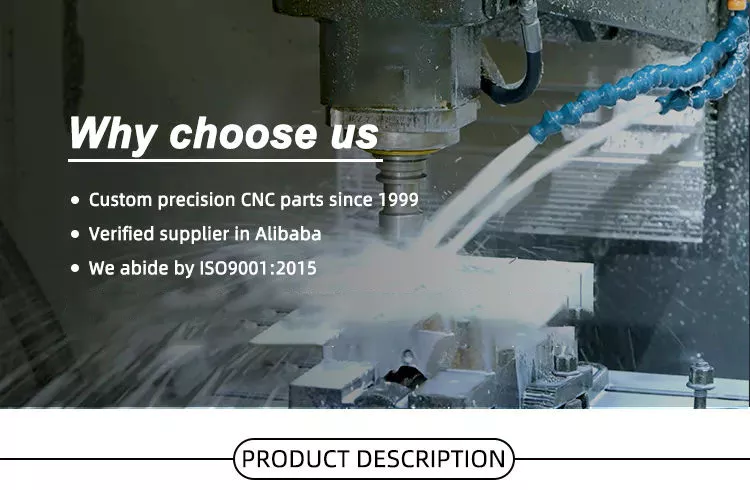
air insulating sleeve
When choosing bushings for your electrical application, you need to look for bushings with long-lasting insulation. In addition to being durable, bushings must have the correct design shape and material to remain effective over time. Porcelain was used in early casing designs and was chosen for indoor and outdoor applications due to its low cost and low linear expansion. Porcelain also requires a lot of metal fittings and flexible seals to remain effective.
Solid bushings have a center conductor and a porcelain or epoxy insulator. They are used in low voltage electrical applications such as small distribution transformers and circuit switches. However, their low radial capacity limits their use in high-voltage applications, so they are limited to circuit switches and other low-voltage equipment. The electrical service duty of the bushing determines the type of insulation required.
Another type of air-insulated bushing is made of conductive metal, which reduces heat transfer. This design enables it to operate over a range of temperature conditions. Additionally, air-insulated bushings are generally more effective than gas-insulated bushings in a range of applications. The main difference between air-insulated bushings and gas-insulated bushings is the insulating material. While gas-insulated bushings are usually made of high-quality materials, high-quality materials are still preferred in some applications.
Elliott # B series insulators are 25 kV class and pressure molded cycloaliphatic epoxy resins. They feature knurled brass inserts and 16 UNC threads. If you choose this type, make sure it matches the exact diameter of your Elliott Class 25 kv air insulated bushing. These insulators also provide overall shielding and require openings to fit inch diameters.
There are 2 types of air-insulated bushings: air-to-air and oil-to-oil. Oil is a stronger dielectric than air, and air-to-oil bushings are used to connect atmospheric air to oil-filled equipment. They are available for solid and capacitive hierarchies. So, which 1 is right for you? Just choose the right insulation to make your equipment as efficient as possible.
Oil Impregnated Porous Bronze Bushings
Oil-impregnated porous bronze (PbB) bushings are 1 of the best options for lubricating metal bearings. Lubrication is maintained even in high temperature applications as oil penetrates into the pores of the bronze. They are also self-lubricating and maintenance-free. Manufactured by CZPT, the Oil Impregnated Bronze Bushing is a powder metal process that is uniformly lubricated by a uniform oil film. This type of bearing is 1 of the most efficient in terms of precision performance.
One major difference between oil-impregnated bronze bushings and standard cast bronze bushings is their manufacturing process. Oil-impregnated bronze bushings are pressed from powder and then sintered to form a hardened part. This method is very effective for high-volume manufacturing, but it also has its limitations. Oil-impregnated bronze bushings are cheaper and more efficient, but they have mechanical limitations.
The production of oil-impregnated porous bronze bushings is simple. Powder bronze bushings are pressed and vacuum sealed by forcing oil into the pores. The low stress properties of oil-impregnated bronze bushings make them easier to manufacture in high volume. It also does not require additional lubrication. However, oil-impregnated porous bronze bushings have relatively low mechanical strength and are not recommended for applications where high temperatures are present.
Oil Impregnated Porous Bronze is also known as BPPB. Unlike traditional oil-impregnated bronze bushings, BPPB bushings have a high oil retention capacity. This means they will last a long time and you will save a lot of maintenance costs. But be careful. Porous bronze bushings can only last so long without oil.
Oil-impregnated bronze bushings are a good choice if dimensional consistency is important. BP bronze bushings have the same C dimension as solid metal bushings. While the CZPT is a ghost of the past, there are now many powder metal manufacturers producing BP housings. Their C of F values range from 0.04 to 0.08.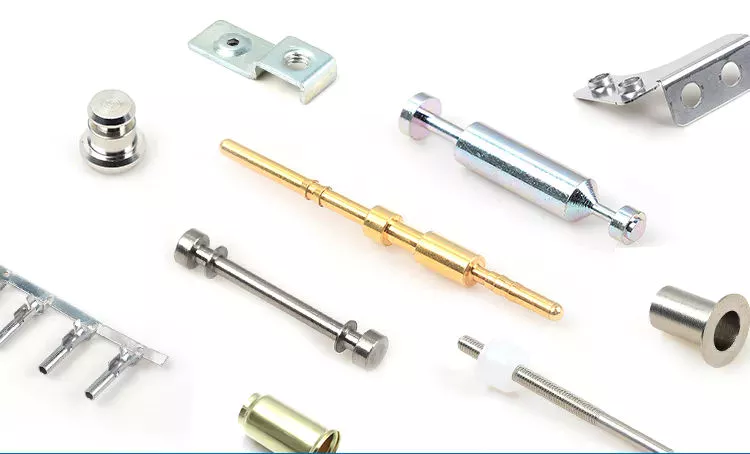
Epoxy Impregnated Capacitor Batteries
Epoxy impregnated condenser core sleeves are conductive paper used in air conditioning systems. The paper core is coated with epoxy resin and the insulating shell is silicone rubber. RIP bushings have excellent electrical properties, are fire resistant and are relatively small. However, the process of making these products is not easy and mistakes are common. These defects manifest as cracks or other structural damage in the capacitor cells.
RIF (Resin Impregnated) bushings feature a finely graded design. The capacitor core is made of glass fiber impregnated with epoxy resin. The outer insulation is made of silicone rubber sheds glued directly to the capacitor core. These bushings are designed for small clearances, so no filler material is required.
In order to determine whether the RIP sleeve is void-free and dry, the insulating paper must be impregnated with epoxy resin. The process is similar to making conventional condenser core sleeves, but with greater flexibility and robustness. The main difference between RIP bushings and conventional insulators is the epoxy content.
Capacitor grading bushings are also available. These bushings increase the electric field at the ends of the capacitor core plates. The higher the temperature, the higher the electric field. These properties make resin-impregnated capacitor mandrel sleeves reliable. However, capacitor grade bushings have higher electric fields than nonlinear bushings.
The capacitor core of the present invention is made by winding paper around the winding tube 3 . The paper may contain an intermediate conductive foil. The winding tube is then covered with electrical insulator. Afterwards, the capacitor core 1 will be RIP and electrically connected to the electrical conductor 6 .
To further characterize the performance of RIPs, thermal shock current (TSC) was used to determine their trap parameters. Unmodified epoxy resin and nano-SiO2 modified RIP were tested. The RIP samples were polarized under a 2 kV/mm electric field at 333 K for 10 min and then subcooled to 193 K with liquid nitrogen. TSC curves were obtained at 3 K/min and 383 K.
plastic bushing
Plastic bushings are essential for many industries. They protect wires and other mechanical parts. They come in many shapes and sizes and are often used as adapters when connecting 2 pipes or tubes of different diameters. They are available in a variety of materials including rubber, steel and various other plastics. Most bushings are cylindrical or conical in shape and made of shock absorbing material. They slide on rods or pipes to provide low friction motion.
Plastic bushings can be made from a variety of materials, including phenolic, polyethylene, and nylon. While phenolic resins have long been the preferred choice for heavy-duty applications, nylon is the most commonly used lining plastic. Nylon has several advantages, including low friction, no lubrication, quiet operation, and low wear. In addition to these advantages, it is easy to form and cast. In order to obtain better mechanical properties, fillers such as molybdenum disulfide can be added to the material. Plus, filled nylon parts resist deformation at temperatures up to 300 degrees Fahrenheit.
Another benefit of plastic bushings is their low cost. Much cheaper than metal, plastic is a versatile material that can be used in a variety of industries. A quick installation and replacement process makes them the first choice for users who need to install new components quickly. Plus, plastic bushings don’t wear out as quickly as metal, which is another benefit. And because the wear rate of plastic bushings is predictable, manufacturers can easily replace them before they start to fail. And they last longer, so you save time and money.
Plastic bushings are widely used in machinery with sliding and rotating shaft components. They have excellent load-carrying capacity and anti-friction properties. They are essential to many industries, including construction, mining, agriculture, hydropower, transportation and food processing. They are easy to install and come in a variety of sizes and shapes. They are very durable and very reliable. They reduce machine wear and are less expensive than bearings.





